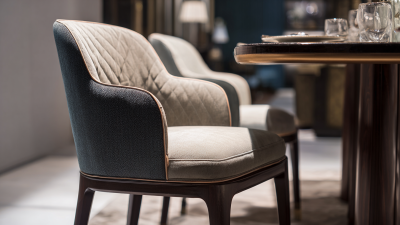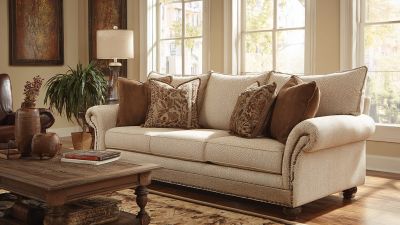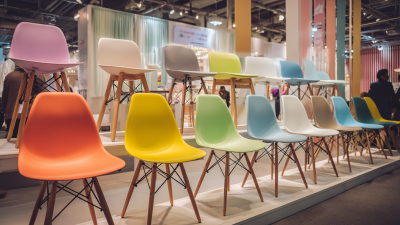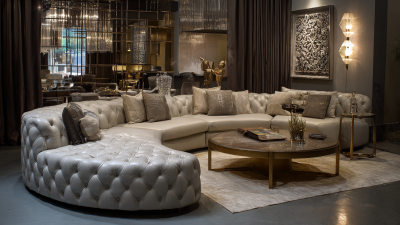 In the quest for sustainable home design, the role of the furniture builder has emerged as a pivotal factor in achieving ecological balance and aesthetic harmony. According to a recent report from the Sustainable Furnishings Council, the furniture industry is responsible for approximately 9% of global greenhouse gas emissions, underscoring the need for more environmentally conscious practices. Furniture builders, by adopting sustainable materials and production methods, can significantly reduce this footprint while enhancing the longevity and quality of their products. A study conducted by the American Home Furnishings Alliance indicates that up to 70% of consumers are more likely to purchase from brands that prioritize sustainability. This growing demand illustrates the critical nature of the furniture builder's expertise in creating sustainable solutions that not only meet consumer expectations but also contribute positively to the environment. As we navigate the complexities of modern design, the furniture builder is not just a craftsman but a key player in the movement towards greener living spaces.
In the quest for sustainable home design, the role of the furniture builder has emerged as a pivotal factor in achieving ecological balance and aesthetic harmony. According to a recent report from the Sustainable Furnishings Council, the furniture industry is responsible for approximately 9% of global greenhouse gas emissions, underscoring the need for more environmentally conscious practices. Furniture builders, by adopting sustainable materials and production methods, can significantly reduce this footprint while enhancing the longevity and quality of their products. A study conducted by the American Home Furnishings Alliance indicates that up to 70% of consumers are more likely to purchase from brands that prioritize sustainability. This growing demand illustrates the critical nature of the furniture builder's expertise in creating sustainable solutions that not only meet consumer expectations but also contribute positively to the environment. As we navigate the complexities of modern design, the furniture builder is not just a craftsman but a key player in the movement towards greener living spaces.
Furniture builders play a pivotal role in the landscape of sustainable design practices, seamlessly merging craftsmanship with eco-conscious principles. By utilizing locally sourced, sustainable materials, these artisans contribute to reducing carbon footprints and promoting responsible resource management. Their ability to create functional pieces that prioritize durability and longevity ensures that furniture does not end up in landfills prematurely, aligning with the greater goals of sustainable living.
Moreover, furniture builders often embrace innovative design techniques that minimize waste during production. By adopting practices such as upcycling and modular construction, they can create versatile pieces that adapt to changing needs while highlighting the intrinsic value of eco-friendly materials. This forward-thinking approach not only enhances the aesthetic of a home but also fosters a culture of sustainability, encouraging consumers to make mindful choices that benefit both the environment and their living spaces. Through their expertise and commitment to sustainable practices, furniture builders are essential to achieving success in contemporary home design.
| Dimension | Details |
|---|---|
| Materials Used | Recycled wood, bamboo, non-toxic finishes |
| Design Practices | Modular designs, multi-functional furniture |
| Energy Efficiency | Use of sustainable manufacturing processes |
| Impact on Carbon Footprint | Reduction of waste and emissions through local sourcing |
| Lifecycle of Materials | Focus on durability and recyclability |
| Consumer Awareness | Growing interest in eco-friendly furniture options |
Sustainable furniture makers play a vital role in the realm of eco-friendly home design, utilizing specific materials and techniques that emphasize environmental responsibility. One of the key materials often employed is reclaimed wood. By repurposing old furniture or salvaged timber, builders not only reduce waste but also create unique pieces with a rich history. Additionally, bamboo is gaining popularity due to its rapid growth and renewability, making it a sustainable alternative to traditional hardwoods.
When it comes to techniques, sustainable furniture makers often adopt methods like no-VOC finishes and natural adhesives to mitigate harmful emissions. These choices contribute to healthier indoor air quality, an essential factor for conscious consumers. Another technique involves employing modular designs, allowing furniture to be easily adjusted or repaired over time, thus extending its lifespan.
**Tips for Choosing Sustainable Furniture:** Look for labels that indicate sustainable practices, such as FSC certification, which ensures responsible forest management. Additionally, consider investing in multi-functional pieces that serve various purposes, reducing the need for excess furnishings. Lastly, don’t hesitate to ask builders about their sourcing practices and the environmental impact of their materials.
This chart illustrates the various materials used by sustainable furniture makers, highlighting their importance in green design practices.
The integration of local resources into sustainable furniture design is pivotal for not only enhancing ecological responsibility but also fostering community resilience. By utilizing materials sourced from nearby environments, furniture builders significantly minimize transportation emissions and the carbon footprint associated with shipping. This localized approach not only supports sustainable practices but also encourages the preservation of regional craftsmanship and traditions. When artisans and builders tap into the unique characteristics of locally-sourced materials, they create distinctive pieces that tell a story, reflecting the culture and environment of the area.
Moreover, leveraging local resources strengthens economic ties within communities. Furniture builders can stimulate local economies by sourcing wood, textiles, and other materials from nearby suppliers, leading to a robust supply chain that keeps resources within the community. This practice highlights the importance of supporting local businesses and artisans, creating jobs, and enhancing the overall economic health of the region. Ultimately, integrating local materials in furniture design serves as a powerful strategy in sustainable home design, emphasizing both environmental stewardship and community engagement.
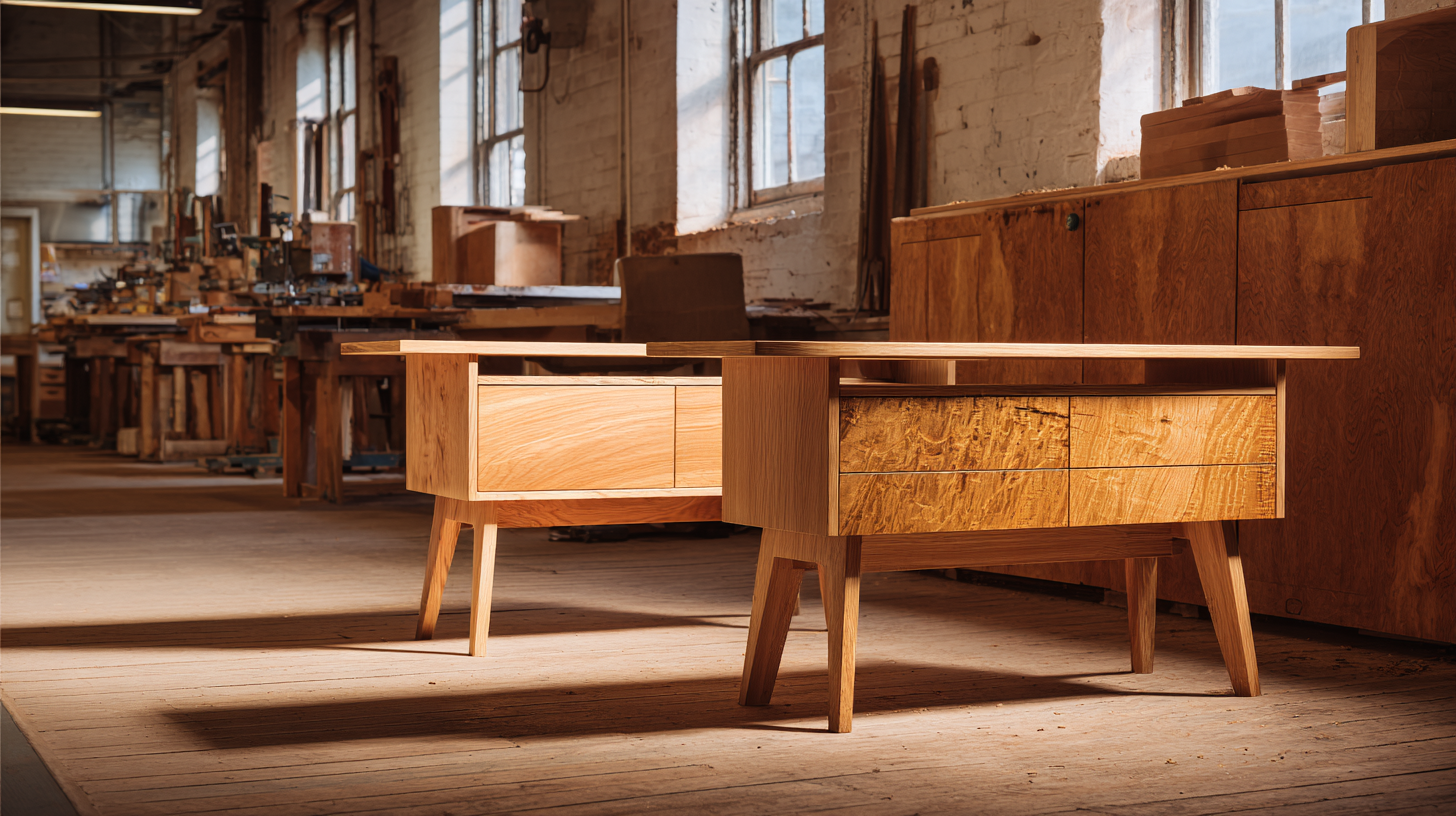
The collaboration between designers and furniture builders plays a crucial role in advancing eco-friendly solutions in sustainable home design. Designers bring their vision to life, crafting spaces that are aesthetically pleasing and functional. However, it is the furniture builders who possess the technical expertise and knowledge of sustainable materials that can transform these visions into reality. By working closely together, they can ensure that the furniture not only complements the design but also adheres to environmentally friendly practices.
An essential aspect of this partnership is the shared commitment to sustainability. Designers can specify materials that are sourced responsibly, while furniture builders can implement production techniques that minimize waste and energy consumption. This synergy allows for innovative creations that utilize recyclable materials and sustainable manufacturing processes. Together, they can create pieces that contribute to a healthier environment, reduce the carbon footprint of a home, and set new standards for the industry. Through collaboration, furniture builders and designers can lead the way towards a more sustainable future, proving that beautiful design and ecological responsibility can coexist harmoniously.
Custom furniture plays a crucial role in sustainable home design by significantly reducing waste. Traditional mass-produced furniture often results in excess materials and discarded items, contributing to landfill issues. In contrast, custom-built pieces are designed to fit specific spaces and meet the unique needs of homeowners, minimizing unused resources. By choosing custom furniture, homeowners can not only achieve a more personalized aesthetic but also actively participate in reducing their environmental footprint.
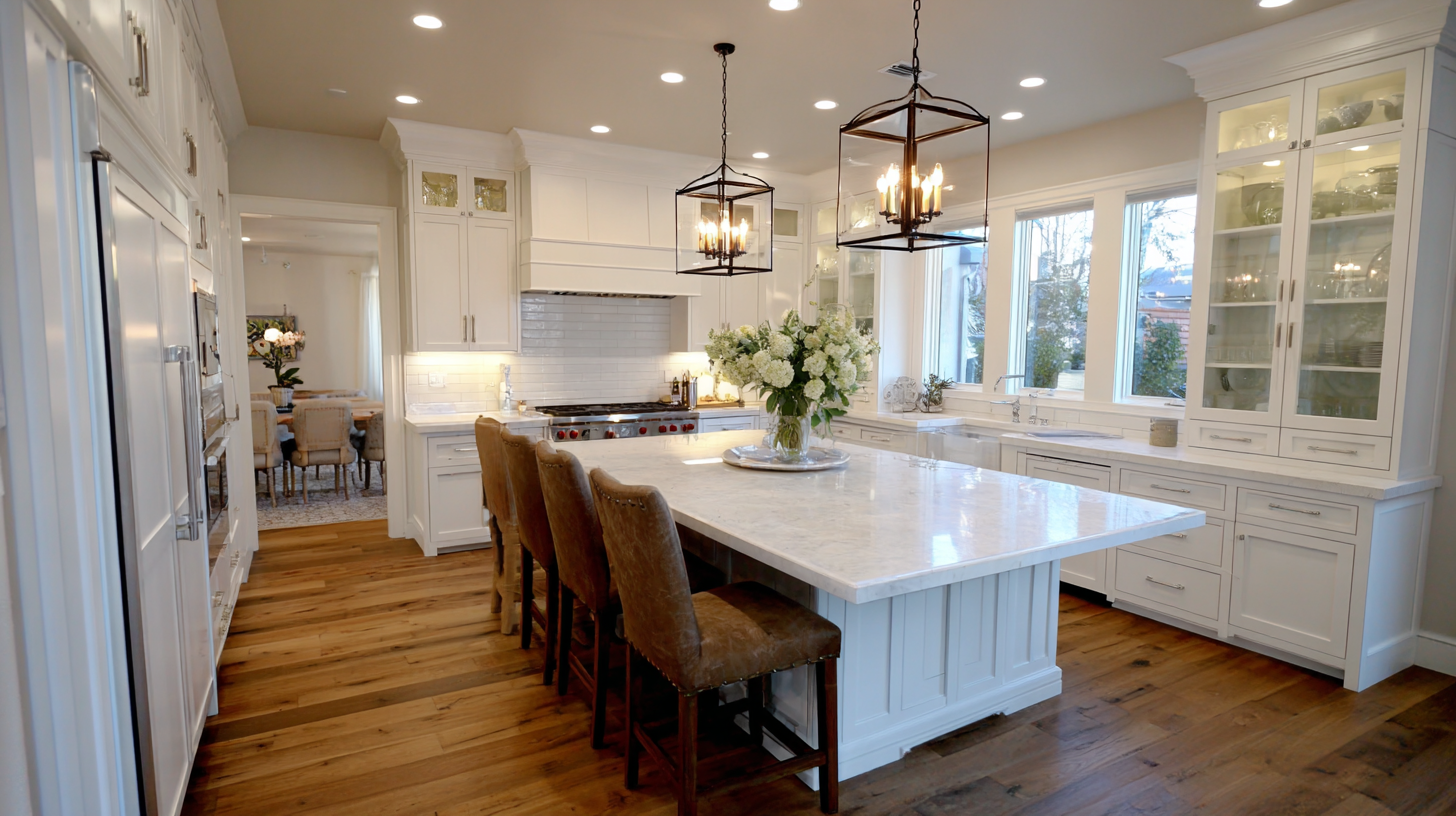
Tips for Sustainable Custom Furniture:
1. Opt for local artisans who source sustainable materials. This not only supports the local economy but also reduces transportation emissions.
2. Consider modular designs that can be easily adapted or reconfigured rather than buying new furniture as needs change. This flexibility can extend the life of your investment.
3. Choose durable, high-quality materials that can withstand the test of time, reducing the cycle of disposal and replacement.
Ultimately, investing in custom furniture not only contributes to unique home design but also plays a vital role in promoting sustainability, creating a win-win situation for both homeowners and the environment.


